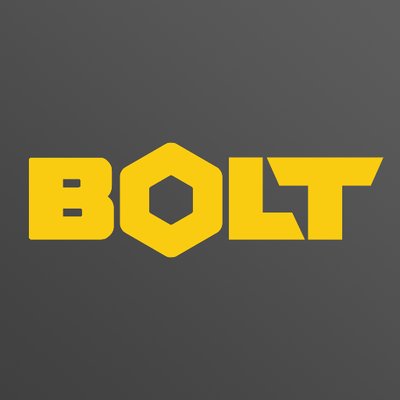A full-stack of great people means better product with fewer mistakes
One of the most powerful changes that happens to startups is going from a few founders to a full team with a person for each core discipline. “Full” is a confusing term, so I’ve always used “full-stack” to essentially mean the same thing. With a full-stack team you’re able to get insights into every aspect of a product change and how that can potentially impact everything downstream: from design to engineering to marketing to manufacturing to runway to profitability. The sooner companies can get to full-stack thinking the more rapidly they can iterate and the higher the chance of success.
Without question the most valuable thing we do at Bolt is transform a startup from a group of founders to a full-stack team overnight. Let me tell you a story to show you how this works:
One of the companies currently in our portfolio (Petnet) came to Bolt with a good amount of traction. They had a nearly finalized design for their first product and orders placed for over 8k units. We got to work right away on the last 10% of the product design and worked with our friends at Dragon Innovation to begin the manufacturing process.
Size Does Matter
Once we started to get familiar with the pet industry (man is it huge!) we realized the product needed a significant redesign. The SmartFeeder is a large product, not large enough to demand a kiosk or separate display but large enough to be placed on the bottom shelf in retail. The bottom shelf is the bane of big box retailers. It’s where the bags of discount cereal live. As a consumer tech product, you want to avoid the bottom shelf like the plague. It puts your product far below eye-level and forces people to bend down to read the box. And that’s if you can get consumers to even notice that there is a bottom shelf.
Another major problem with large boxes is restocking. Most stores only restock once per day (usually right at the end of normal operating hours). If you have a large box you can only stock products one or two units “deep”. This means if five people walk into Best Buy to find your gadget, only one or two will walk away with what they came for. Not good.
Like most modern connected products, Petnet believes the data they collect on pet behavior is just as valuable as the feeding interaction itself. So their #1 priority should be to get users into their ecosystem. Reducing the friction of on-boarding customers is critical in building momentum in startups. One of the most compelling ways to reduce friction is to reduce price, even if it means removing some functionality.
Full-stack Decision Making
After discussing these three dynamics with the team, the idea was born to divide the functionality of the SmartFeeder into two separate products (or SKUs). A “SmartBowl” product would sense the quantity/frequency of food consumption and the feeder mechanism would be an attachment to dispense food into the bowl using your smartphone. This would solve all problems: the bowl product on its own is both smaller and cheaper, and it makes getting into the Petnet ecosystem exceptionally easy even if consumers still want to have the experience of manually feeding Fido.
By leveraging a full-stack team, we’re able to sit around one table and have one conversation with everyone: mechanical engineering, electrical engineering, industrial design, manufacturing, marketing, and finance. Even though it was a big last-minute change it was doable and worthwhile. After a mad dash redesign, we had a two separate products ready to be manufactured.
We cut the initial product cost by 45% and can fit nine boxes in the space of one box of the previous design. Retailers will be able to stack shelves 15 units deep at eye level. The change in the cost of manufacturing is imperceptible.
In a typical tiny startup this change would take months. With a full-stack team, it took three weeks. I encourage all hardware startups to get to this stage as fast as possible, even if it means a some of your stack is outsourced or informal.
Ben Einstein was one of the founders of Bolt. You can find him on LinkedIn.
Bolt invests at the intersection of the digital and physical world.
